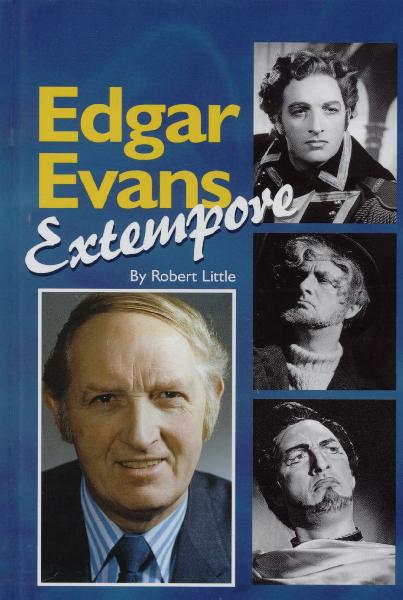Review of a book on Edgar Evans
Robert Little: Edgar Evans, Extempore Bob Little press & public relations, 2005, 179 pages Bob Little website Edgar Evans was, in the not-so-distant past, first tenor at Covent Garden. He is now almost forgotten like many other good tenors of the 50s and 60s. That's why this book is most welcome. One can hope that other tenors would get the sane treatment (such as Gerald Davies, for example). The author Robert Little was a former student of Edgar Evans, born in 1912. The author starts with a chapter on Edgar Evans in a nutshell, giving us a quick and to the point synopsis of Evans' career, pointing out that record companies mostly ignored him except for mainly minor roles. From chapter 2 on we have Edgar Evans narrating his life story to Robert Little: from a farm to Covent Garden. One surprising thing on page 16 is that Edgar heard a broadcast of Caruso at Covent Garden in 1921; however Caruso was last in London in 1914. It was probably Caruso records that he listened to. Edgar Evans' first teacher was Dawson Freer found that he was too loud. After six months of training, Edgar had lost his voice, which was large and natural; Freer tried to make his voice sound like Peter Pears, not a good example to follow for a tenor. In spite of that, Edgar managed to get a contract with Sadler's Wells. Edgar's natural voice returned only after David Webster sent him to study in Rom with Luigi Ricci, the great teacher. Edgar started at Saddler's Wells in the chorus as a second tenor. The book is full of personal entertaining (some very funny) recollections about Mackerras (who did not like to be proved wrong by an accompanist), Karl Rankl, Malcolm Sargent, Solti (who seems to have been a real bastard), Geraint Evans, Britten, Pears, Dickie & Dickie, Kleiber, Webster, Ingpen, Barbirolli, and so on. It is a really also an excellent story of the music world in Great Britain during Edgar Evans' career. It has a chapter on press notices, a chronology compiled from programs accumulated by Edgar Evans over the years, many fine pictures and an appendix on the technique and art of singing, a list of illustrations, and an index. It is recommended. |
